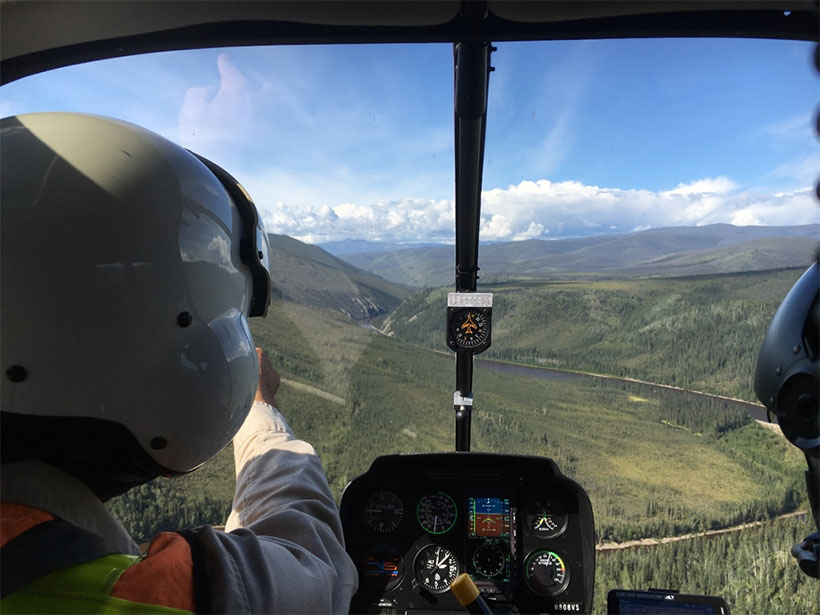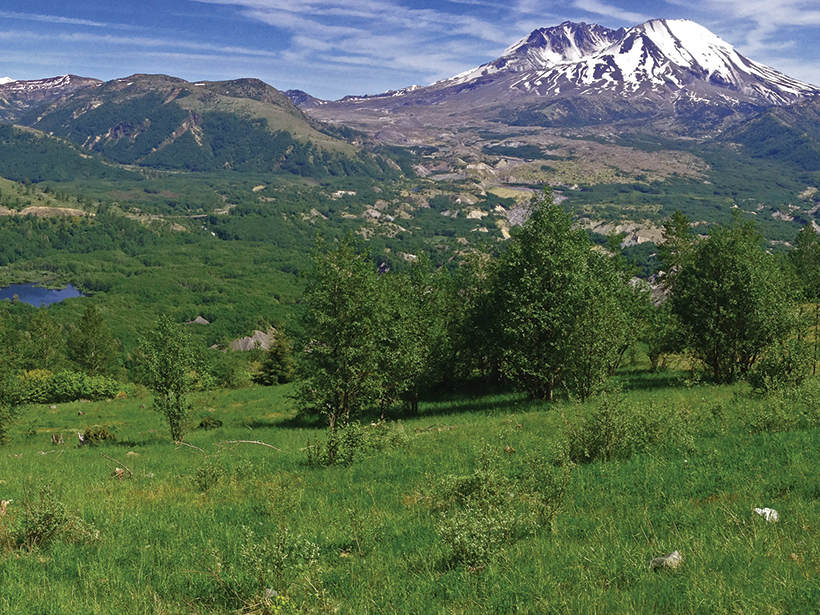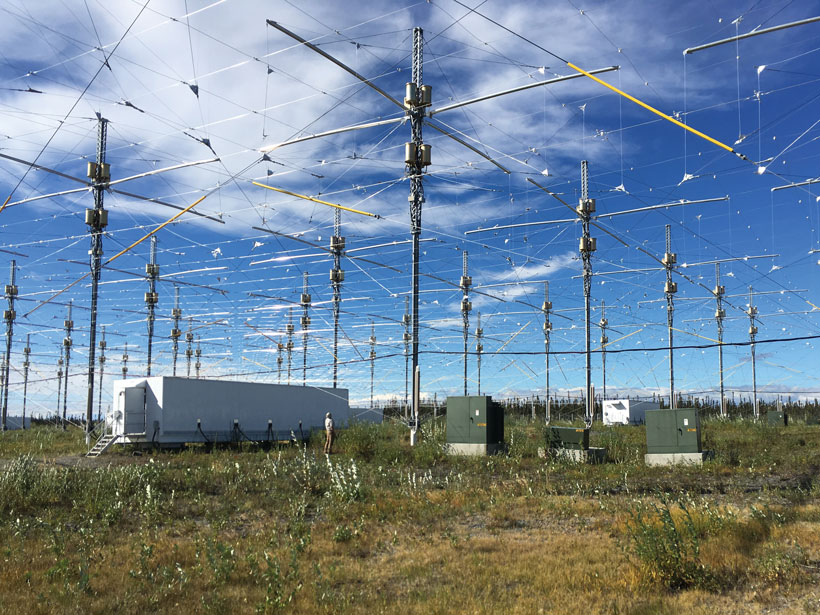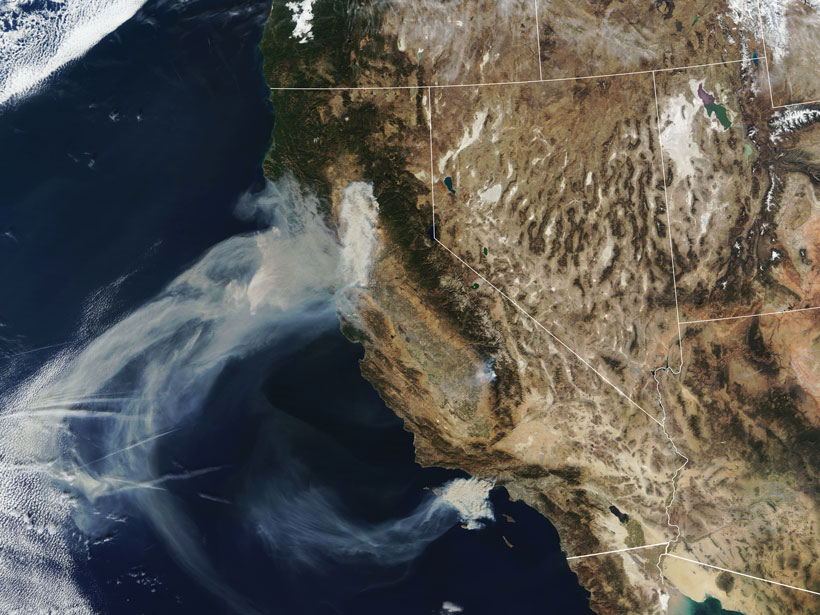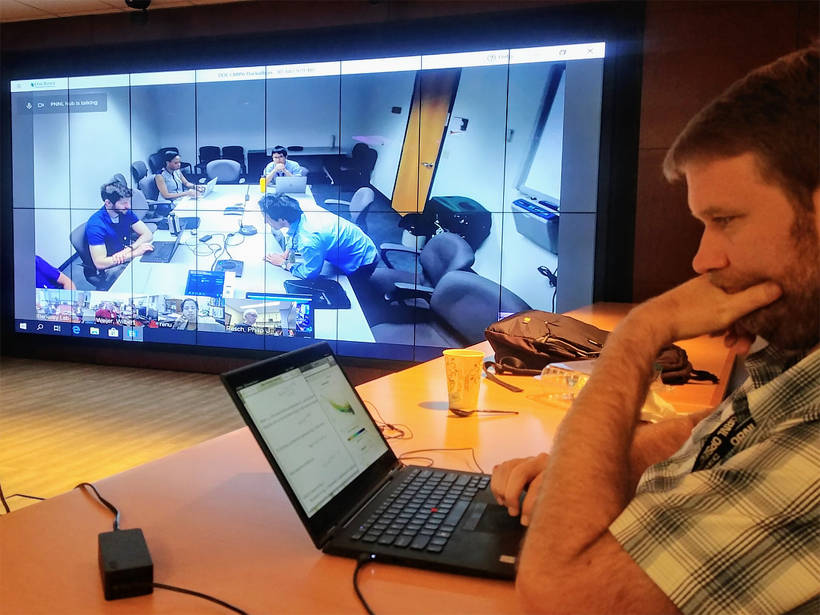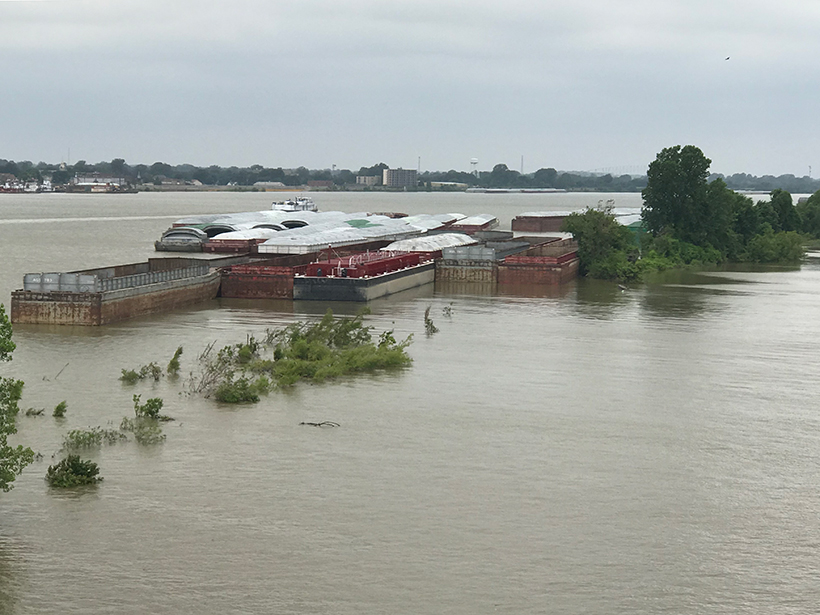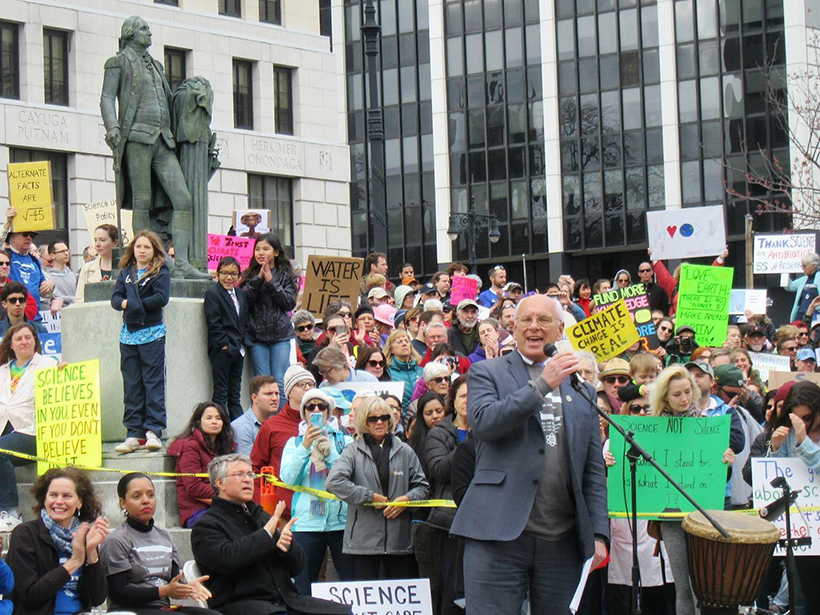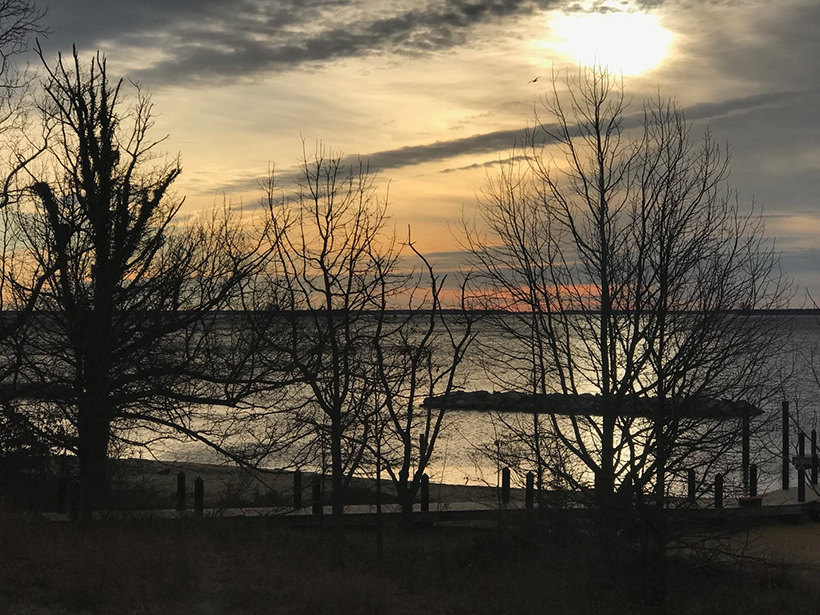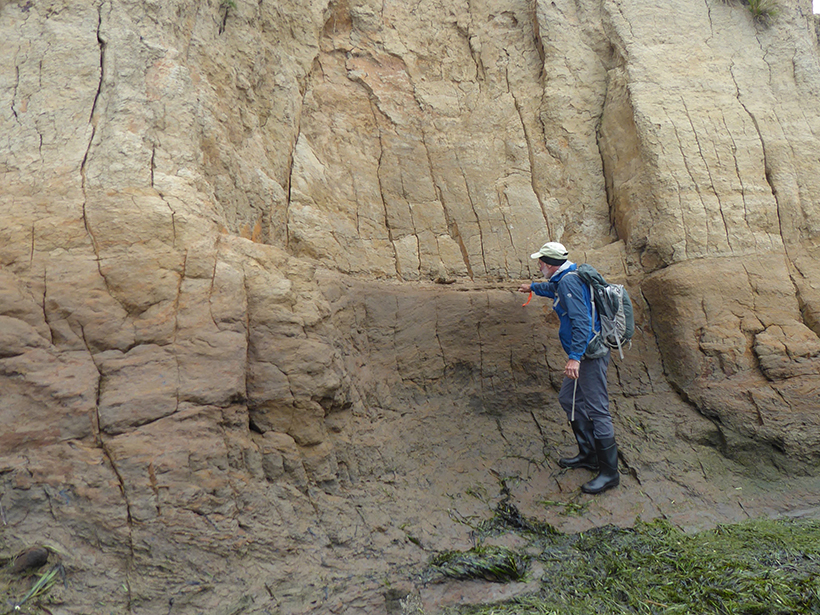At Kīlauea Volcano, scientists are using unoccupied aircraft to monitor the new water lake, a possible harbinger of explosive activity, that formed after the volcano’s 2018 eruption.
3-Public domain
Ancient Rivers and Critical Minerals in Eastern Alaska
Fieldwork is revealing a history of landscape evolution over the past 5 million years that links climate change and river capture to critical mineral resources across the Alaska-Yukon border.
Lessons from a Post-Eruption Landscape
Four decades of research into biophysical responses to the 1980 eruption of Mount St. Helens have vastly improved our understanding of how landscapes react to cataclysmic disturbances.
Returning Lightning Data to the Cloud
Scientists are assembling an online database with decades of low-frequency radio measurements collected worldwide to facilitate modern research about lightning, space weather, and more.
A Global Perspective on Wildfires
Satellites provide global-scale data that are invaluable in efforts to understand, monitor, and respond to wildfires and emissions, which are increasingly affecting climate and putting humans at risk.
Hackathon Speeds Progress Toward Climate Model Collaboration
Climate scientists collaborated in a nationwide event to analyze and compare archived Earth system model simulations and to generate input for the IPCC’s upcoming climate change report.
Working Together to Close Climate Change Information Gaps
Scientists and managers on the ground gathered to identify information gaps that pose barriers to evaluating climate change risks and responses.
Our Greatest Challenges Require Science, Not Silence
If we are to face the challenges posed by political misconduct and a changing planet, scientists need to be at the table, and in the streets, to advocate for their work.
Scientists and Planners Face Challenge of Rising Seas
NASA Sea Level Change Team Meeting; Annapolis, Maryland, 11–13 March 2019
Addressing Cascadia Subduction Zone Great Earthquake Recurrence
USGS Powell Center Cascadia Earthquake Hazards Working Group; Fort Collins, Colorado, 25–29 March 2019


